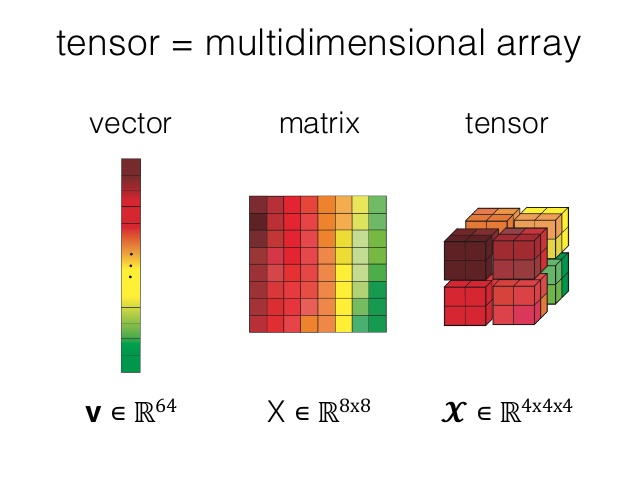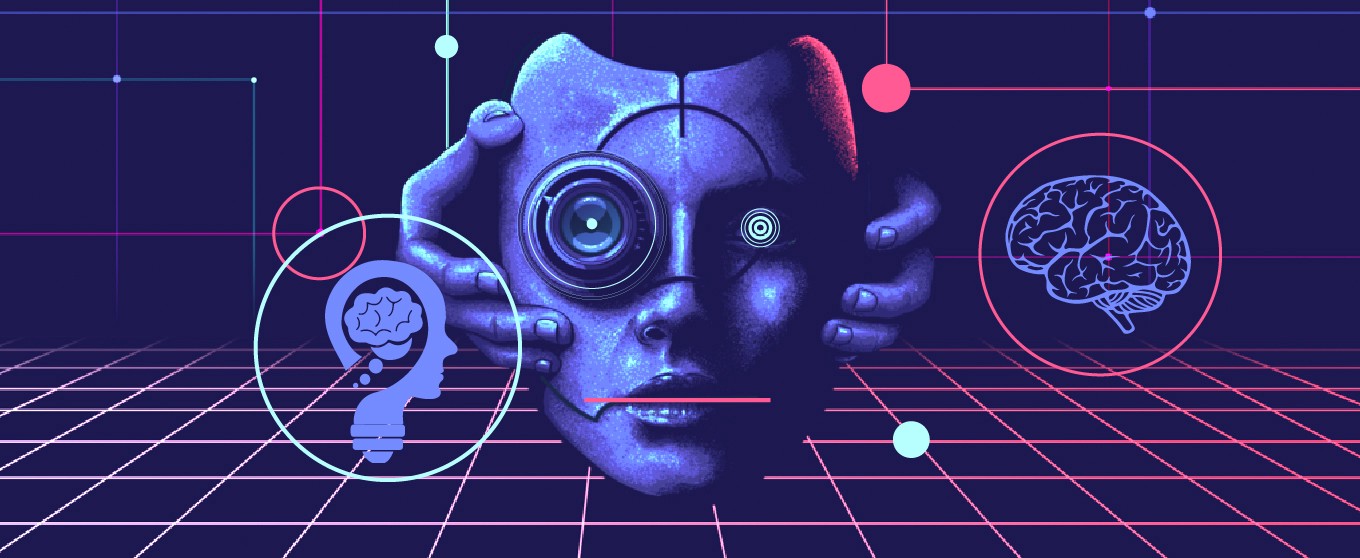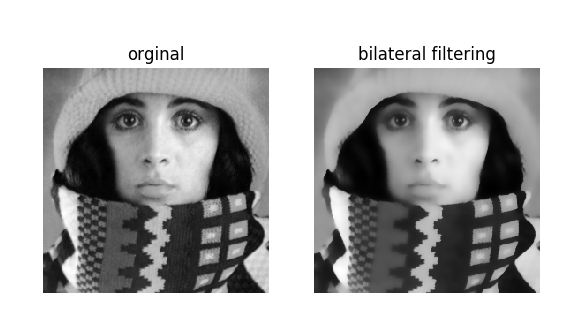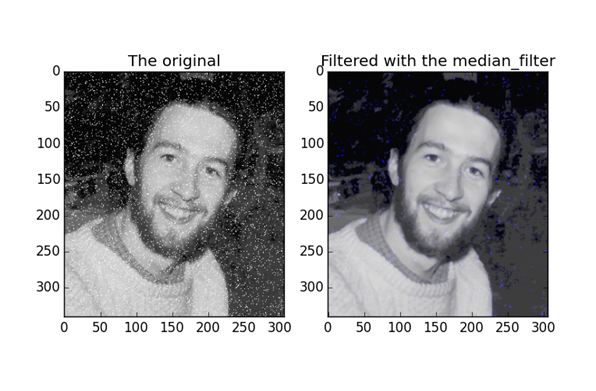
How to implement Linear Classification model in TensorFlow?
The two most common supervised learning tasks are linear regression and linear classifier. Linear regression predicts a value while the linear classifier predicts a class. This tutorial is focused on Linear Classifier.
Technically, in a linear model we will use the simplest function to predict the label $\mathbf{y_i}$ of the image $\mathbf{x_i}$. We’ll do so by using a linear mapping like $f(\mathbf{x_i}, \mathbf{W}, \mathbf{b})=\mathbf{W}\mathbf{x_i}+\mathbf{b}$ where $\mathbf{W}$ and $\mathbf{b}$ are called weight matrix and bias vector respectively.
Steps to implement Linear Classification in TensorFlow:
- Import required Libraries
- Load the Data
- Specifying the Data Dimensions
- Randomize the Data
- Load the Data and Display the sizes
- Hyper Parameter Tuning
- TensorFlow Variables of proper size and initialization for generating the weight and bias variables of the desired shape.
- Place Holders for input and corresponding labels
- Create the model structure
- Defining the Loss Function, Optimizer, accuracy and Predicted Class
- Initialize the all variables
- Train the Data
- Test the Data
- Evaluate the model
- Visualize the results
Share:



